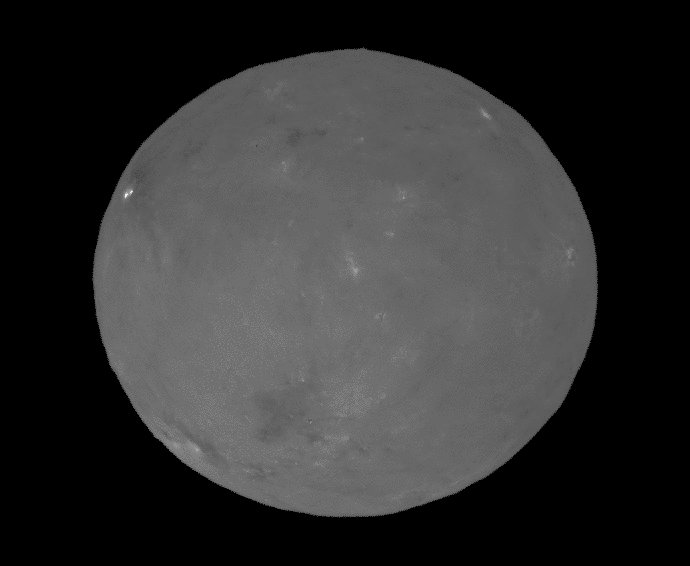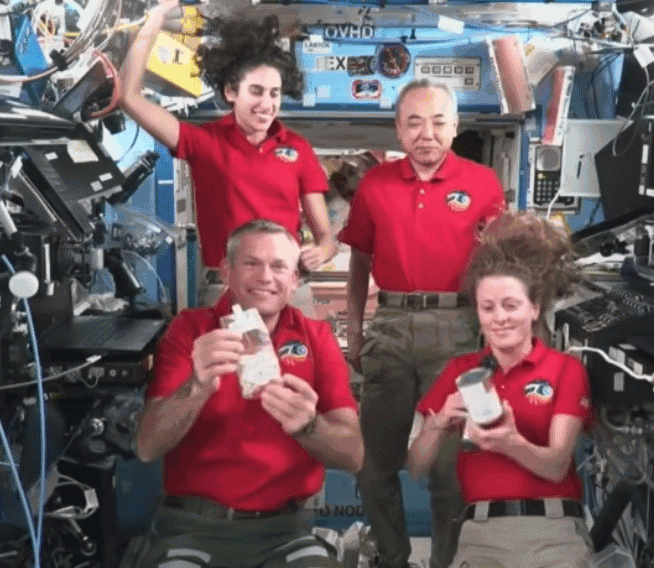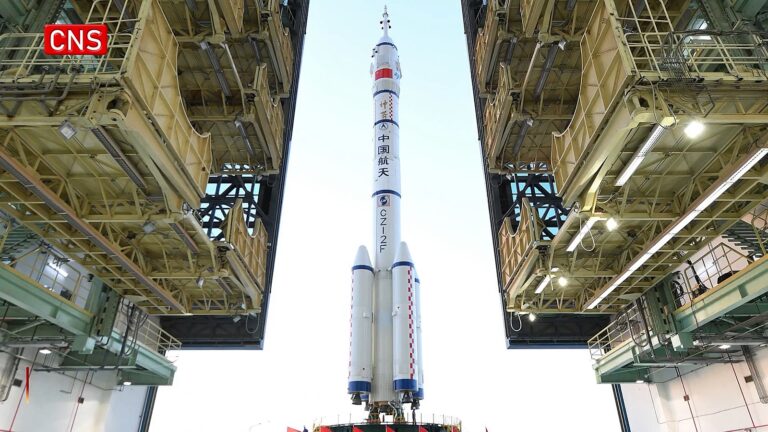Key Takeaways:
Since Dawn arrived at Ceres in 2015, it’s revealed an intricate, once watery world of ice and rock stewed together. Now, a high-resolution global image shows the most fascinating object in the asteroid belt in exquisite detail.
These images were taken of Ceres at opposition from Dawn’s perspective, when the spacecraft was directly between the Sun and the dwarf planet. This position lit up the world in the view of the spacecraft, showing bright spots of rock salts and a debris-covered surface that conceals a global ice shell (and possible small subsurface “lakes”) inside the dwarf planet, which is a protoplanet left over from the solar system’s formation.

The Dawn spacecraft was launched in 2007 and arrived at the asteroid Vesta in 2011. The craft orbited Vesta for four years, revealing a fascinating world that is likely a smashed dwarf planet that once had running water. Using revolutionary ion thrusters, it was able to detach itself from Vesta’s gravitational influence and move towards Ceres, inserting itself in a distant orbit before gradually moving closer to the world.
While a potential third target was discussed, NASA scientists decided to keep Dawn at Ceres in order to reveal more about it and its history. The presence of ammonia ices hints that Ceres may not have formed in the asteroid belt, but instead migrated in from the Kuiper Belt, a smattering of rocky bodies bound by Neptune’s gravity.
The craft will stay in a safe distant orbit over Ceres in perpetuity once the mission ends. (Of course, NASA has a funny habit of making missions last long past their original shelf life. Just look at Cassini or Opportunity.)










